Art of Terracotta: Cult and Cultural Synthesis in India
Synopsis
The book traces the art of terracotta that flourished with remarkable richness from early historic thought the succeeding periods in India. The main focus is on votive terracotta, which includes portable icons and sculptured veneer on architectural monuments of Bengal in the late medieval period. The terracotta relief as adornment to sacred architecture is cosmic and its form and content is similar to the narrative scrolls and the figured weave of Baluchari silk of Bishnupur. The book also introduces to the style of terracotta temples that transform indigenous domestic Chala into mansions of god-kings and develops the theme of ‘Mansion for the Soul’ in terms of four important temples in Bishnupur. The iconography has wide range from Vaishnavite and Shaivite pantheon to episodes from the life of Krishna, where Buddha is part of the ten Avataras of Vishnu, as well as scenes from Ramayana and Mahabharata. And the Indo-Islamic motifs interweave with historic scenes from life. In ancient India, the magical aspect of terracotta is perceived in its atavistic nature, which incorporates the five elements, earth, water, air, fire, and ether. The terracotta images are of profound nature and have significant role in fertility and funerary rituals. The image was perceived to be a medium, which could perform magic. It is quite evident that once the cult of the sensuous goddess co-existed with that of the Buddha. A new concept of ‘Interpretatio romana’ may also be observed in the internationalism, inter-culturalism and assimilations during the early Christian era. The images of the early Buddhist period express vital divergence that serve as important interpretive tool to the anthropologist and the art historian.
Read more
112.50
101.25
$
125.00 $
Free delivery Wolrdwidе in 10-18 days
Ships in 1-2 days from New Delhi
Membership for 1 Year $35.00
Get it now and save 10%
Get it now and save 10%
BECOME A MEMBER

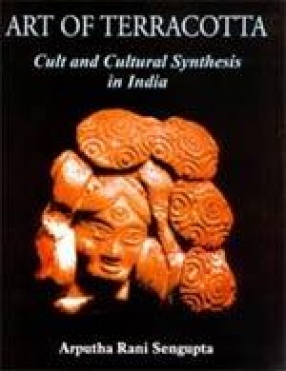

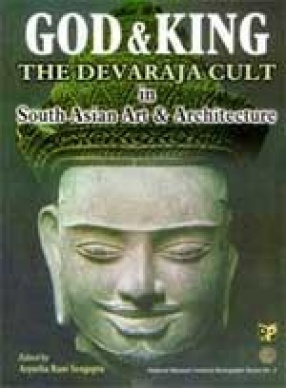
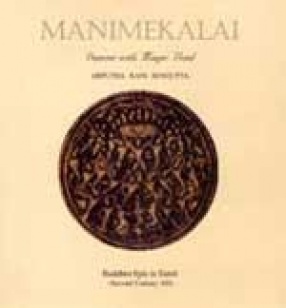
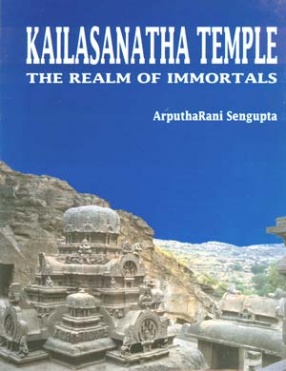
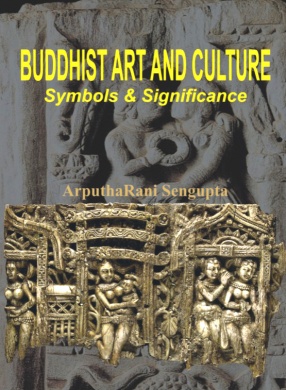
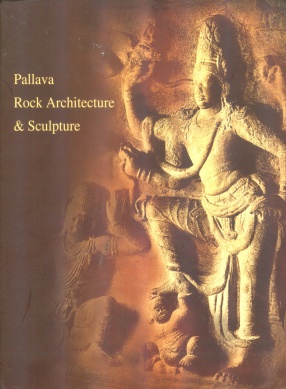
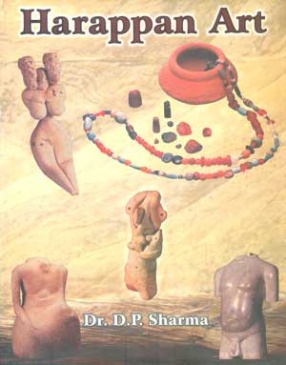
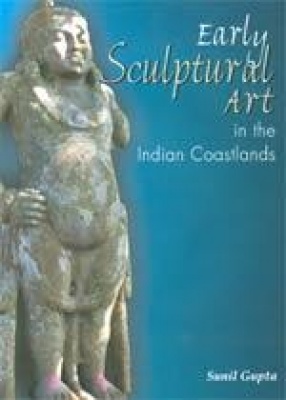
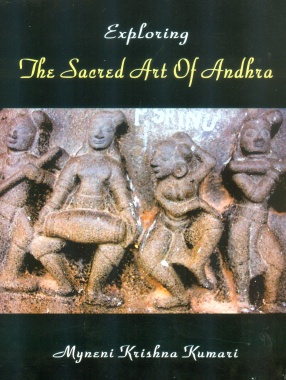

Bibliographic information